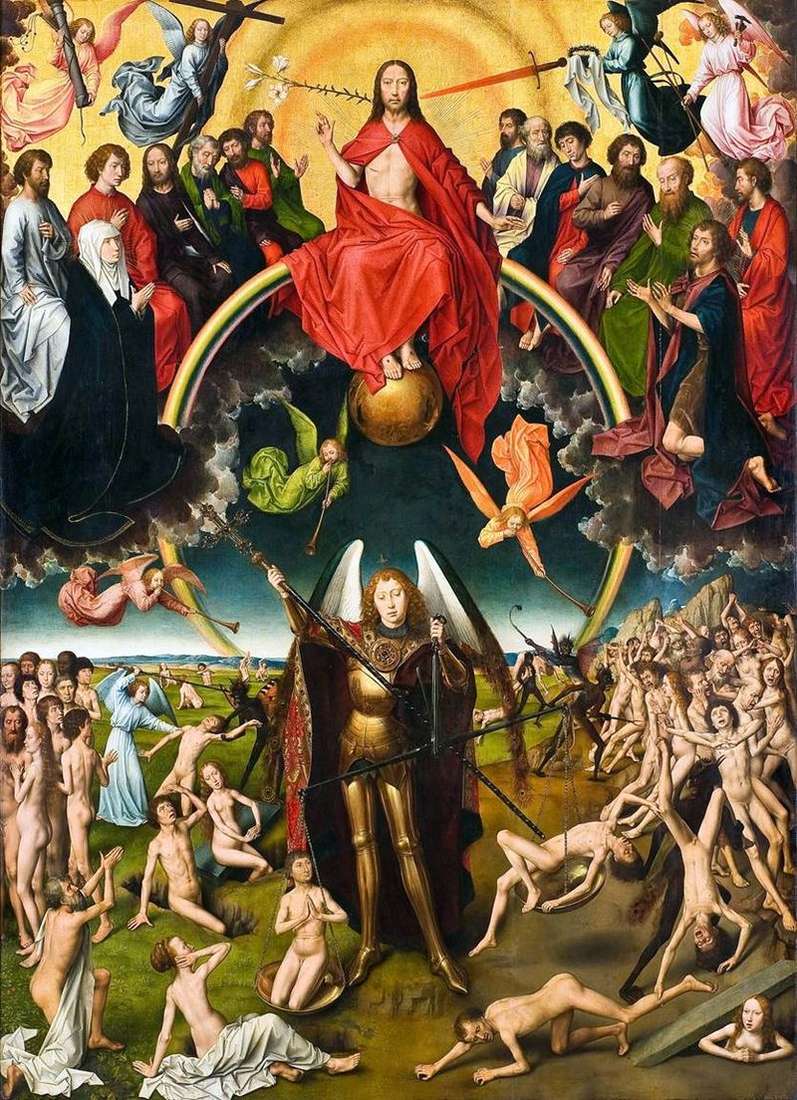
In the history of art are known masters, whose work combines the achievements of predecessors and contemporaries. At the same time, it is harmonious, capable of causing admiration, but in it there is nothing that amazes and surprises – the unexpectedness of artistic solutions.
Among these artists are the eminent Dutch painter Hans Memling. He studied painting at home and in Germany, among his teachers called Lochner and Rogier van der Weyden, to whose death Memling remained in Brussels, and from 1466 he moved to Bruges, where in 1468 he was recognized as the most authoritative painter of the city. The three-leaved altar “The Last Judgment” was written by the artist at the request of one of the representatives of the Medici banking house in Bruges.
The composition of the central part is based on the composition of a similar altar image written by Rogier van der Weyden a few decades earlier. However, the plasticity of the figures in Memling is more free, and the interpretation of the plot as a whole is less dramatic. This is one of the most famous works of the artist, created in the early period of his work.
Other famous works: “Triptych Donna”. OK. 1477-1480. National Museum, London; “The Seven Joys of Mary”. 1480. Old Pinakothek, Munich; “Cancer of St. Ursula”. 1489. Memling Museum, Bruges.
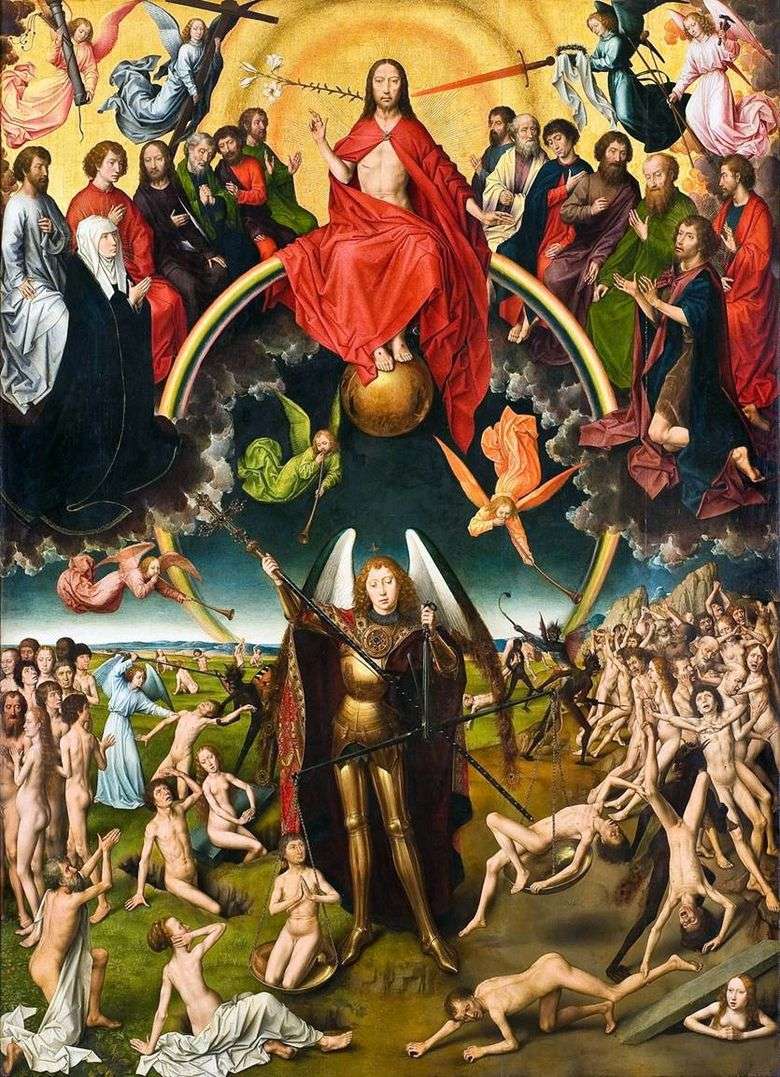 Juicio finalTríptico central de la puerta – Hans Memling
Juicio finalTríptico central de la puerta – Hans Memling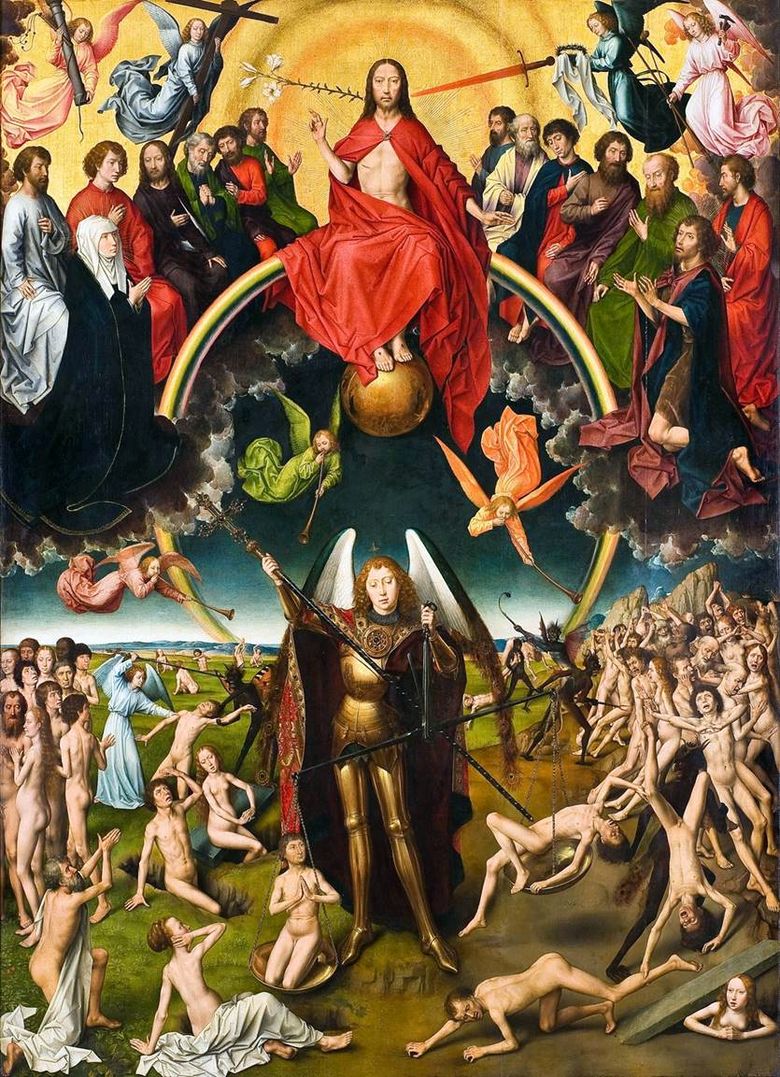 Le jugement dernier Aile centrale du triptyque – Hans Memling
Le jugement dernier Aile centrale du triptyque – Hans Memling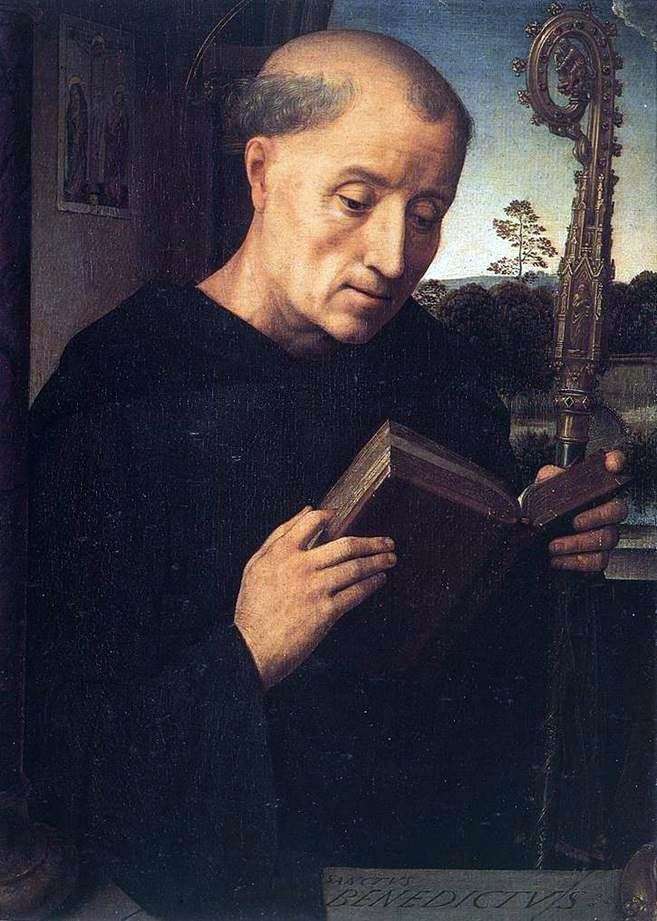 Saint Benedict by Hans Memling
Saint Benedict by Hans Memling St. John the Baptist and St. Mary Magdalene. Triptych Side Sash by Hans Memling
St. John the Baptist and St. Mary Magdalene. Triptych Side Sash by Hans Memling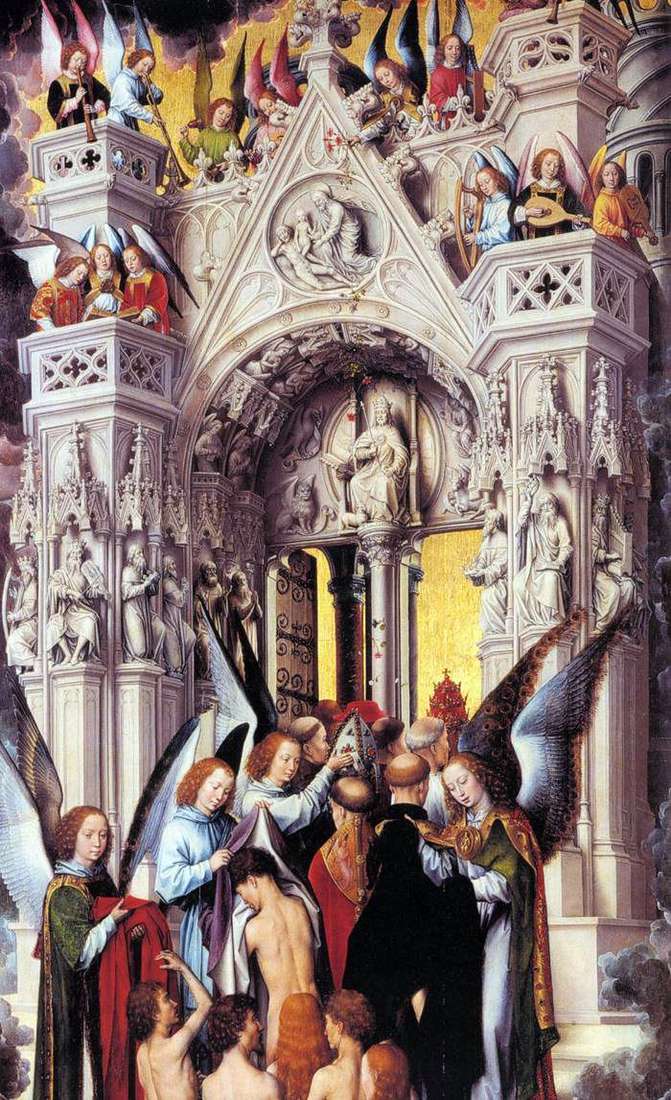 Last Judgment. Left wing by Hans Memling
Last Judgment. Left wing by Hans Memling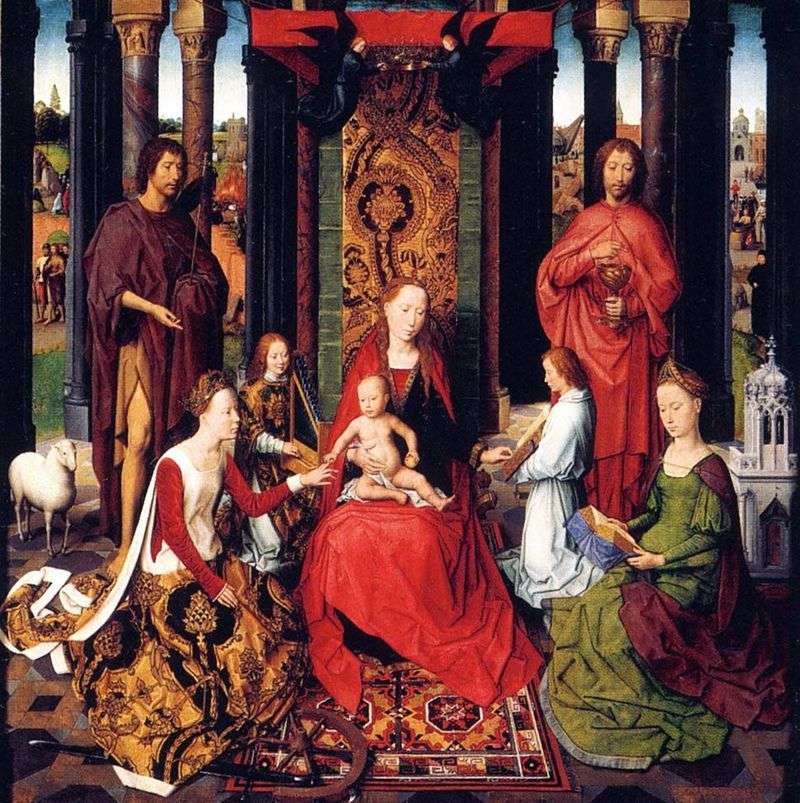 Altar of the Two Johannes by Hans Memling
Altar of the Two Johannes by Hans Memling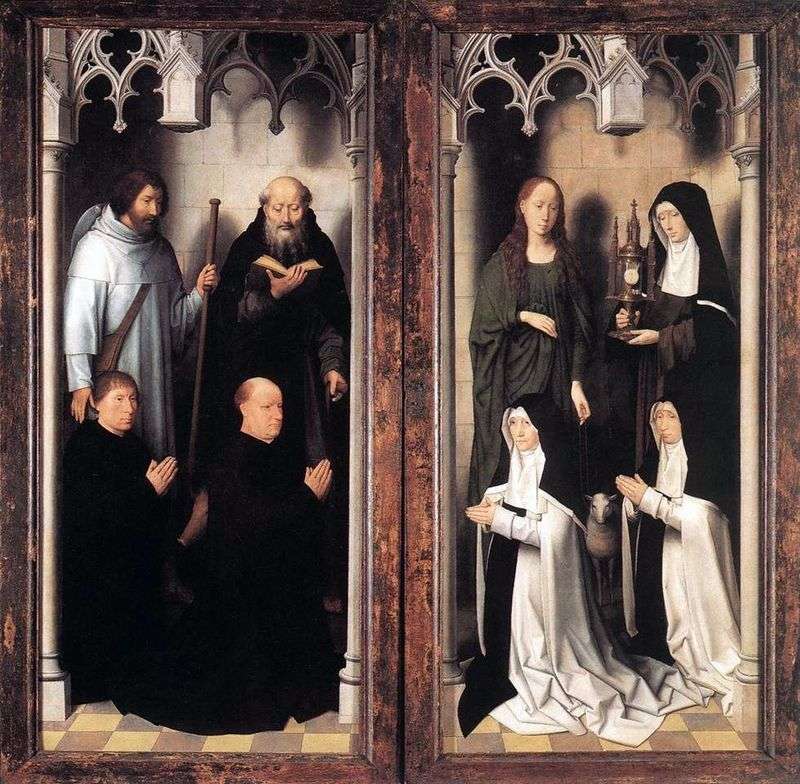 The altar of the two john. External doors by Hans Memling
The altar of the two john. External doors by Hans Memling Portrait of Maria Morel by Hans Memling
Portrait of Maria Morel by Hans Memling